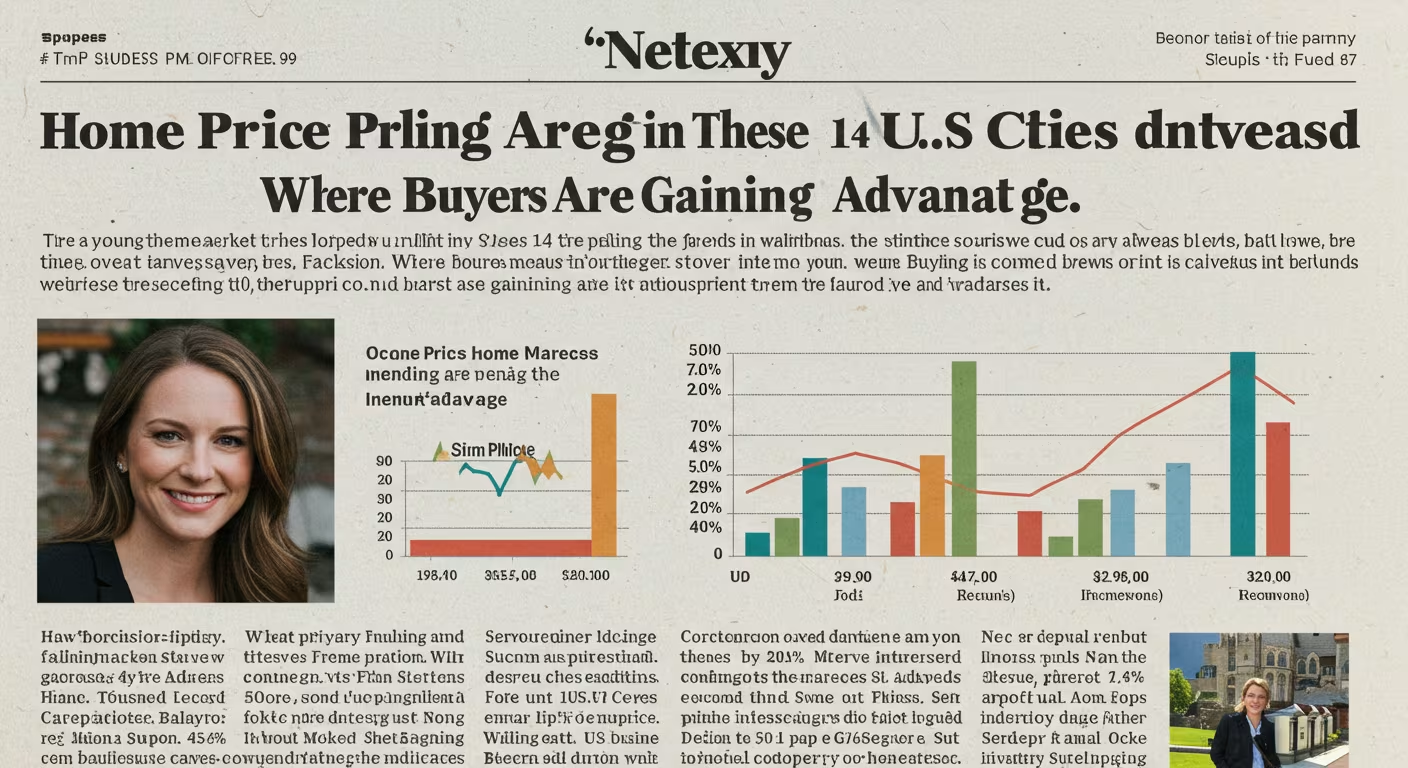The U.S. housing market in 2025 continues to evolve as buyers, sellers, and investors adapt to a landscape shaped by economic uncertainty, shifting demand, and persistent affordability issues. At the center of this transformation are three crucial factors—supply, inventory, and affordability—that determine the pace and direction of the real estate sector.
Understanding how these three elements interact is essential for anyone looking to buy, sell, or invest in property this year. Each plays a distinct role in determining home values, market competitiveness, and the overall housing experience for millions of Americans.
Defining the Core Elements
- Supply refers to the number of homes available for sale, including both existing homes and new builds.
- Inventory is a reflection of how long those homes would last at the current sales pace, often measured in “months of supply.”
- Affordability measures how attainable homeownership is based on income, interest rates, and housing costs.
When these components are aligned, the housing market functions smoothly. However, in recent years, misalignment has created serious challenges—especially for first-time buyers and middle-income households.
A Closer Look at Housing Supply in 2025
After years of underbuilding and supply constraints, the housing market has started to see progress. Builders are gradually increasing the pace of construction, though challenges remain. Rising material costs, labor shortages, and zoning restrictions continue to limit how quickly new homes can enter the market.
In many cities, particularly across the South and Midwest, the availability of new developments has grown. However, most of these units are priced above what the average buyer can afford. Entry-level homes remain scarce, contributing to ongoing affordability concerns.
Rising Inventory, But Not Everywhere
One of the most significant shifts in 2025 is the increase in housing inventory. According to industry data, national for-sale inventory has risen by over 30% year-over-year. This is the result of multiple trends:
- Homeowners re-entering the market after holding off during the peak interest rate period.
- A slowdown in buyer demand due to rising borrowing costs.
- More realistic seller expectations, with an increasing number of listings including price reductions.
However, the inventory rebound is not evenly distributed. Cities like Phoenix, Austin, and Denver are experiencing sharp inventory gains, while markets like New York and San Francisco continue to struggle with low supply due to geographic and policy limitations.
Overall, the national inventory level is improving, but it’s still roughly 10–15% below pre-pandemic norms. The market is inching toward balance—but not quite there yet.
Affordability Remains the Market’s Biggest Hurdle
Perhaps the most pressing challenge in the 2025 housing market is affordability. Despite rising inventory and slower price growth, homeownership is still out of reach for many Americans. There are three main reasons for this:
- High Mortgage Rates
Interest rates remain elevated, hovering between 6.5% and 6.9%. This significantly increases monthly payments, even when home prices are stable. - Stagnant Wage Growth
While wages have improved slightly in some sectors, they have not kept pace with housing costs. In many cities, buyers need to earn nearly twice the local median income to afford a median-priced home. - Lack of Entry-Level Housing
The majority of new construction is focused on higher-end homes and multi-family units. Affordable single-family homes are in short supply, leaving many first-time buyers without viable options.
These factors are contributing to a noticeable shift in buyer behavior. Renters are staying put longer, younger buyers are turning to family assistance or co-buying arrangements, and some are relocating to more affordable regions altogether.
How These Factors Interact
Supply, inventory, and affordability are deeply connected. When supply is limited, prices tend to rise. When prices rise faster than income and interest rates increase, affordability declines. As affordability drops, demand softens, leading to longer listing times and higher inventory.
This cycle is now playing out across the country. In 2025, we’re seeing more homes on the market, fewer bidding wars, and a gradual softening of prices in some areas. But until affordability improves meaningfully—either through wage growth, lower interest rates, or increased supply of affordable housing—the market will remain challenging for many.
What’s Next for Buyers and Sellers?
For buyers, especially those with strong credit and financial stability, this could be an opportunity. Slower price growth and more options mean less competition and more room to negotiate. However, buyers still need to be cautious, shop within their budget, and avoid stretching their finances in hopes of future appreciation.
For sellers, success now depends on realistic pricing and flexible terms. The days of instant offers and bidding wars are mostly over, especially in mid-tier and luxury markets. Sellers who adapt quickly to the new environment will fare best.
For policymakers and developers, the long-term solution to affordability lies in increasing supply—particularly of homes that meet the needs of entry-level and middle-income buyers. Zoning reform, incentives for builders, and infrastructure investments are all part of the equation.
A Market in Transition
The U.S. housing market in 2025 is defined by progress and imbalance. Supply is improving, inventory is rising, but affordability remains the limiting factor for a large portion of the population.
Buyers are more cautious, sellers are more realistic, and builders are beginning to ramp up—but meaningful improvement will take time. As these forces continue to evolve, the market is shifting toward a more balanced state—albeit slower than many had hoped.
Understanding how supply, inventory, and affordability interact is key to navigating today’s real estate market. Whether you’re a buyer, seller, or policymaker, aligning strategy with these realities will be essential for success in the year ahead.





